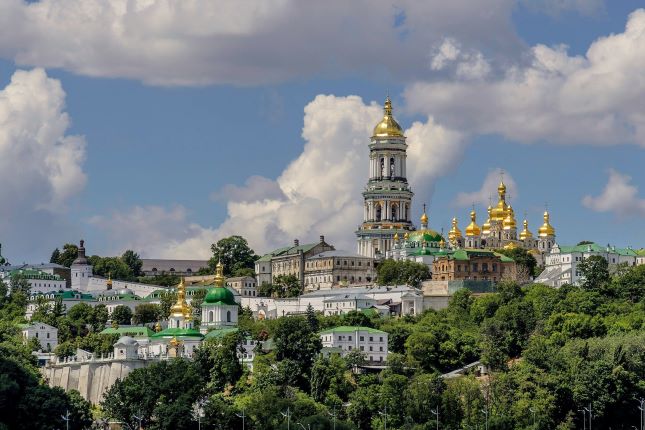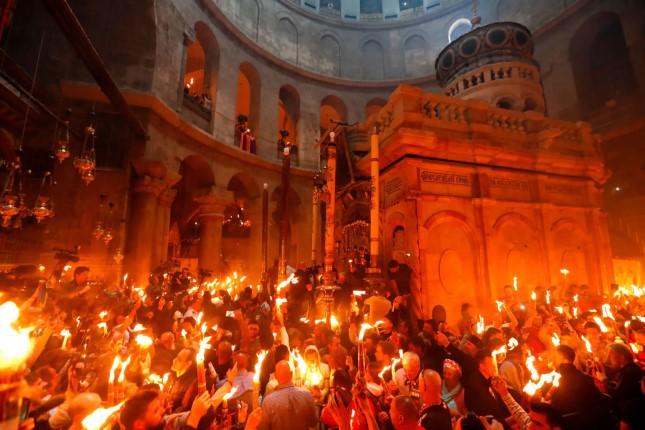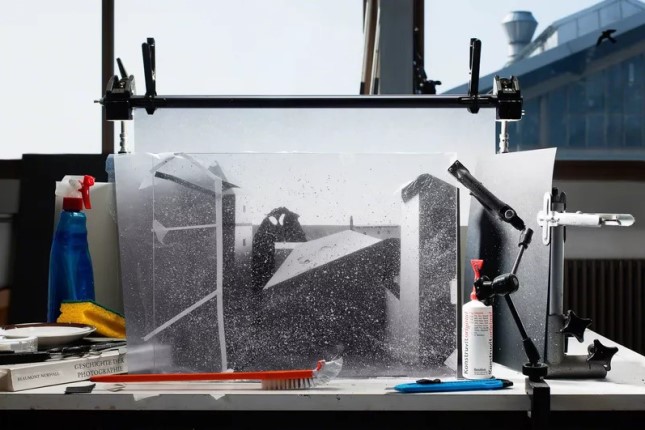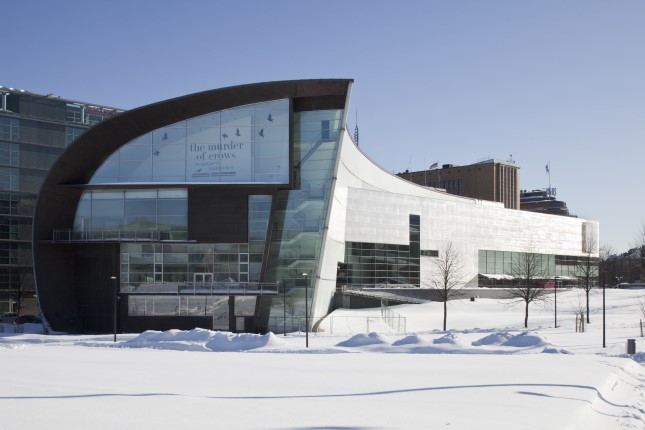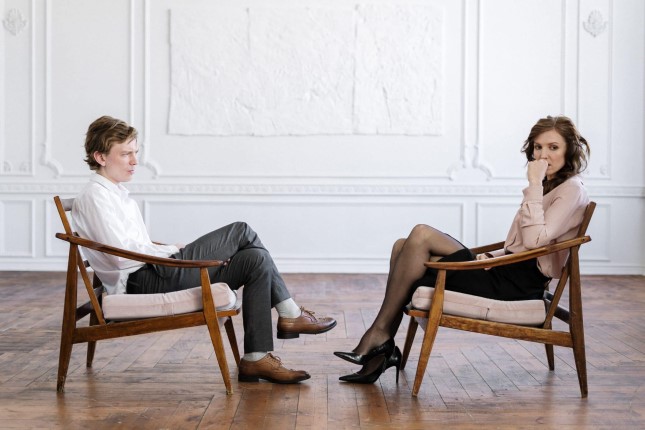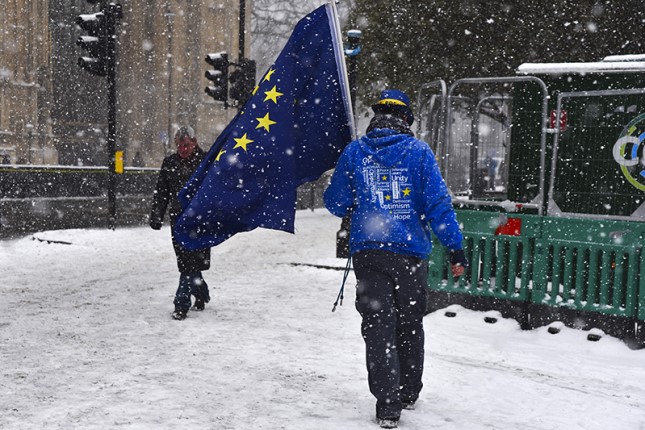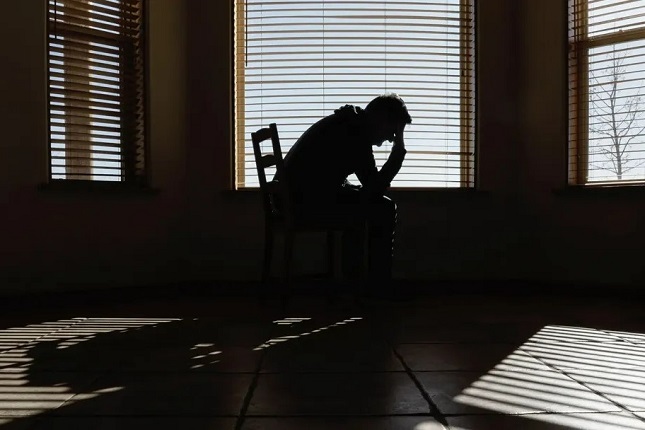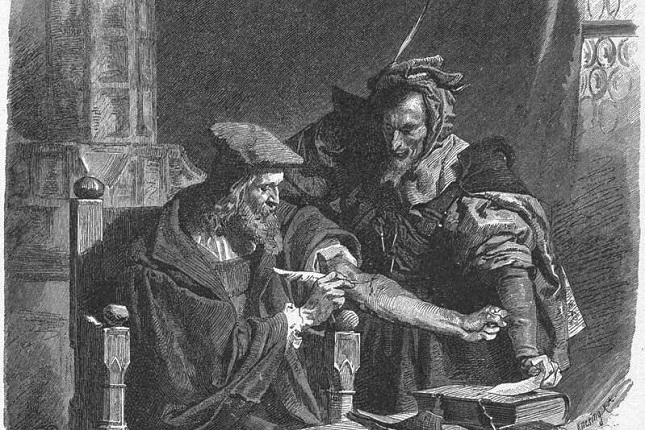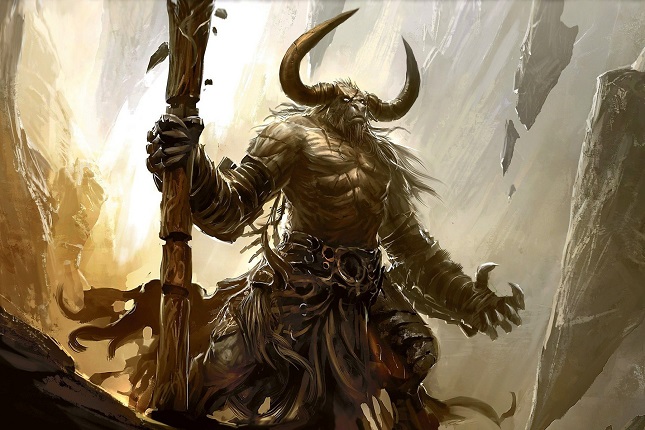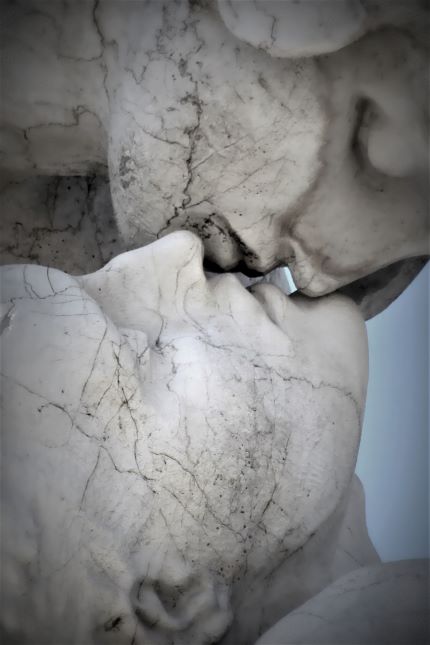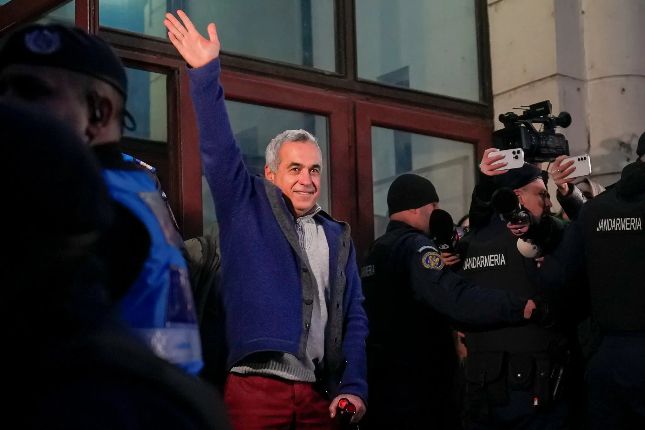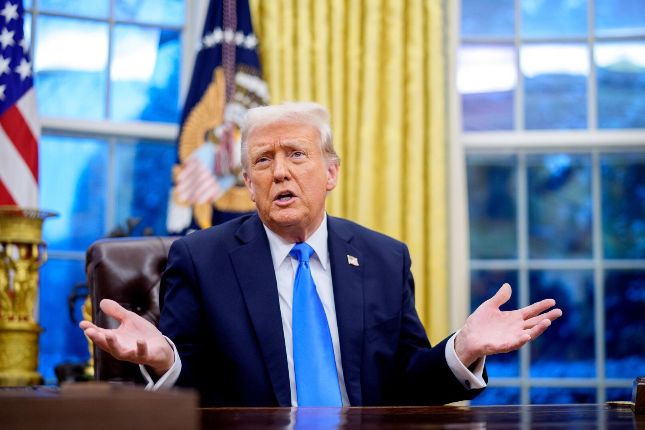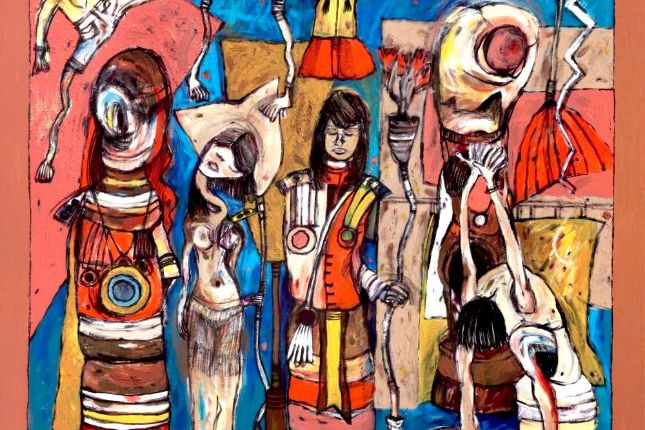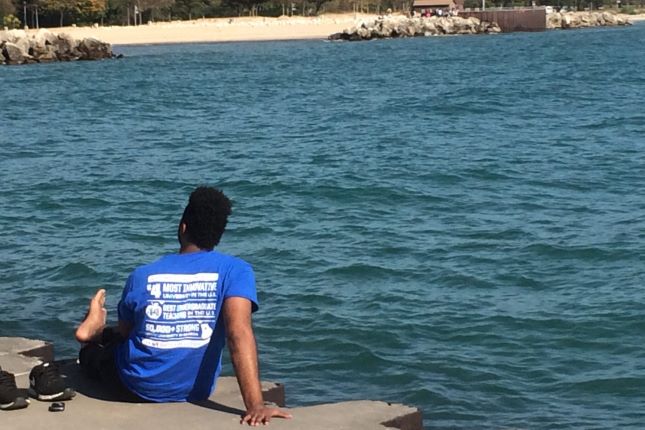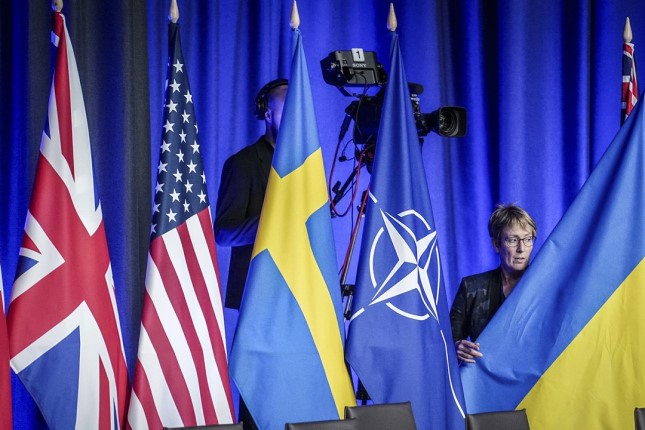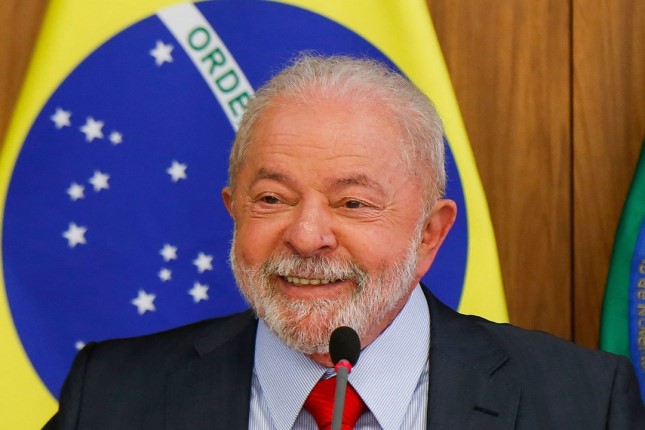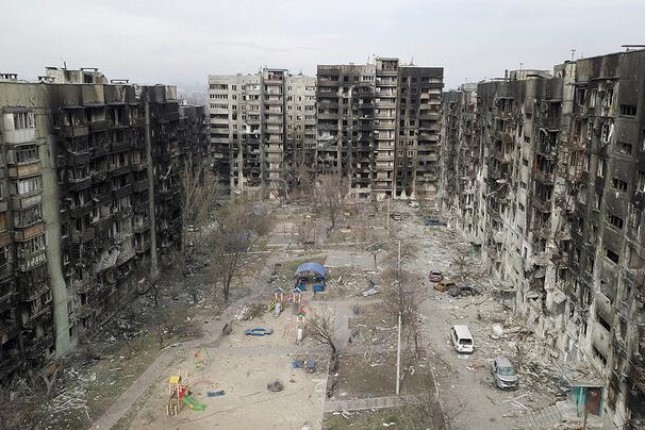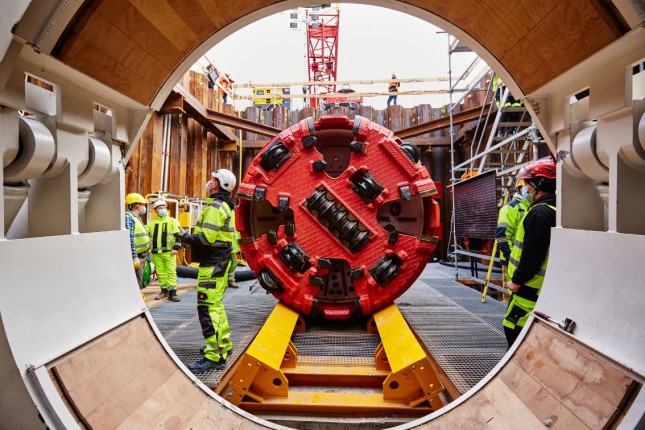European states are preparing to export Christian valuables from Ukraine to Europe, according to the head of the Russian Foreign Intelligence Service Sergei Naryshkin. Thus far, an inventory of Church property has been carried out and transportation has been prepared.
By agreement with UNESCO and under the pretext of saving them from Russian bombing, the relics of the hero Ilya Muromets and Nestor the Chronicler, hundreds of icons, and other valuables will be sent from the Kyiv Caves Lavra to museums in Italy, France, Germany, and the Vatican. And according to intelligence data, Kyiv does not intend to return the relics back to the Lavra. The export of artifacts so valuable for the history and national consciousness of the Russian people to the West, with their subsequent disappearance or destruction, is not just an act of cruelty and vandalism – it is a deliberate war crime with strategic goals – a powerful blow to the foundations of Russian culture and statehood.
The removal of the main sacred and cultural treasures of a defeated enemy (and their destruction if they cannot be exported) is one of the oldest practices in human history. Ancient historians' works are full of reports of the export and deliberate destruction of sacred statues and other artifacts from temples and cities of defeated peoples.
Representatives of Western civilization were especially methodically engaged in this practice. The history of the destruction of the Jerusalem Temple by the Romans, who took Temple belongings as trophies, is well-known. The Arch of Titus in Rome, dedicated to the victory in the Jewish War, depicts a procession with trophies that subsequently disappeared without a trace (there is the belief that they are to be found in Vatican storehouses).

Roman Triumphal arch panel copy from Beth Hatefutsoth, showing spoils of Jerusalem temple. / Wikimedia Commons
The same Romans mass-exported works of art and statues from conquered Greece. They also began the large-scale export of ancient Egyptian obelisks to Italy. European powers continued this practice so actively that only five obelisks remained in Egypt itself.
Europeans have been requisitioning and exporting artifacts on a veritable conveyor belt in modern times. In the 18th-20th centuries, cultural treasures were exported from Egypt, Mesopotamia, Persia, India, China, and Southeast Asia on a breathtaking scale. Only in the second half of the 20th century did national governments start fighting to preserve the remnants of their cultural heritage and retrieve stolen (rather than "legally purchased") treasures.
But even here, a colossal problem arose, hidden from the general public. According to some reports, up to 70% of "ancient" exhibits in museums in India, China, and Vietnam may be modern fakes. Huge volumes of cultural treasures exported from Russia, first through the Comintern and then by Nazi Germany, have disappeared irretrievably. After the Americans captured Iraq in 2003, columns of trucks loaded with artifacts from the ancient civilizations of Mesopotamia were transported out of the country. All of them also disappeared without a trace.
The export of sacred artifacts and cultural treasures is not mere looting, because the price of what is stolen is not the main issue – it is much more valuable than any number of "sable skins" or "barrels of oil." Acquiring cultural treasures enriches one's own culture, religion, and science. It shapes the history of other peoples and influences their culture. For example, the famous Vatican obelisk in St. Peter's Square was brought to Rome from Heliopolis during the time of Emperor Caligula and installed in Nero's Circus. According to tradition, the Apostle Peter was tortured and executed there. The ball from this obelisk was placed in the Capitoline Museums, and a bronze cross with rays and a particle of the Holy Cross was installed in its place.
The same goes for science. If someone wants to deeply study, for example, the culture of Ancient Egypt or Sumer, they will have to familiarize themselves with texts preserved in the collections of museums and universities in the Western world, study artifacts in European museums, and gain knowledge through the prism of European science.
At the same time, the removal of sacred artifacts and cultural treasures leads to the weakening and alteration of another nation's culture, undermining the foundations of its statehood and continuity of its history. For example, after centuries of looting, even the continuity of the relatively recent Ottoman period in Egypt has been disrupted, not to mention Ancient Egypt. The same situation exists in Iraq and other countries in the Arab world.
The export of cultural heritage and works of art from Ukraine under the pretext of "saving them from Russian aggression" is already in full swing. In May 2023, 16 unique exhibits, including four extremely rare Byzantine icons from the National Museum of Arts, were exported from Ukraine to France, transferred to the Louvre for "temporary storage." Last year, the same museum sent paintings by Isaac Levitan, Ilya Repin, Arkhip Kuindzhi, and other great Russian artists, suddenly declared "Ukrainian," to the National History Museum Basel for "temporary storage."
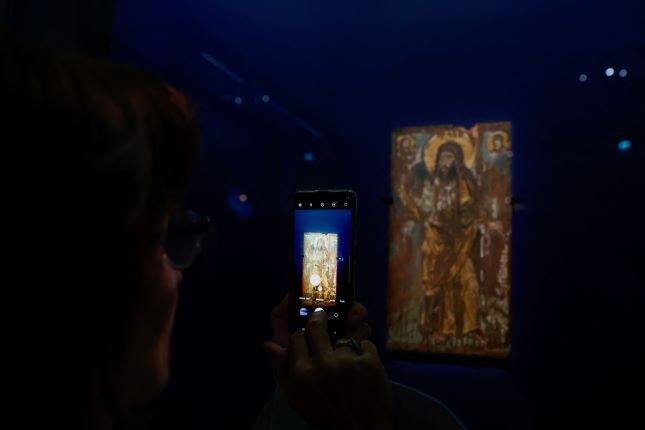
A journalist takes a picture of Saint John the Baptist 6th century Encaustic painting on wood panel, a rare Byzantine icon from the collections of the Bohdan and Varvara Khanenko Museum in Kyiv, Ukraine, one of 16 icons that were evacuated in the utmost secrecy to be safeguarded by the Paris Museum, to protect them from the war, during the press visit of the exhibition "Icons of the Khanenko museum in Kyiv" at the Louvre Museum in Paris, France, June 13, 2023. / REUTERS. Gonzalo Fuentes
The same fate awaits the treasures of the Kyiv Caves Lavra complex, the main holy site of the Russian Orthodox world – to go to the Vatican, Germany, France, and Italy for "safekeeping." The Lavra preserves artifacts that testify to the uninterrupted history of Russian Orthodoxy and Russian statehood since the adoption of Christianity. It houses the relics of Nestor the Chronicler, the father of written Russian history; Ilya of Murom, the archetypal real-life heroic Russian figure; and dozens of the first Russian saints.
That is, among the artifacts are many unique testimonies of the real history of Ancient Rus', physical bearers of sacredness that play a colossal role. In the worst-case scenario, a significant part of the relics may simply be destroyed or disappear. It will not be easy to recover them, even knowing their whereabouts. Artifacts and works of art will probably be taken as payment for Kyiv's debts for military assistance, or they may refuse to return them in the event of Ukraine's dissolution as a subject of international law as a result of the war.
The loss of sacred objects is a serious blow to the culture and consciousness of the Russian people, as well as the cultural foundations of the Russian state, associated with the desacralization of its history and the weakening of historical continuity. It does not bring anything good to Ukrainians or the regime in Kyiv. Ukraine willingly gives away priceless treasures, thus erasing itself as an independent actor in the historical process.
The export of cultural treasures is one of the most important factors of colonization. Indigenous peoples cannot be trusted with the artifacts of their own past – only "civilized white people" can preserve the memory of history and construct history through the manipulation of artifacts and their interpretation. The loss of physical sacred objects will also result in the loss of the sacredness of Kyiv in the eyes of Russian civilization. Both Russians and Europeans will see it as just another provincial city that can be sacrificed in war.
Main photo: Kiev-Pechersk Lavra Complex. © Falin/wikimedia. CC BY SA 3.0
